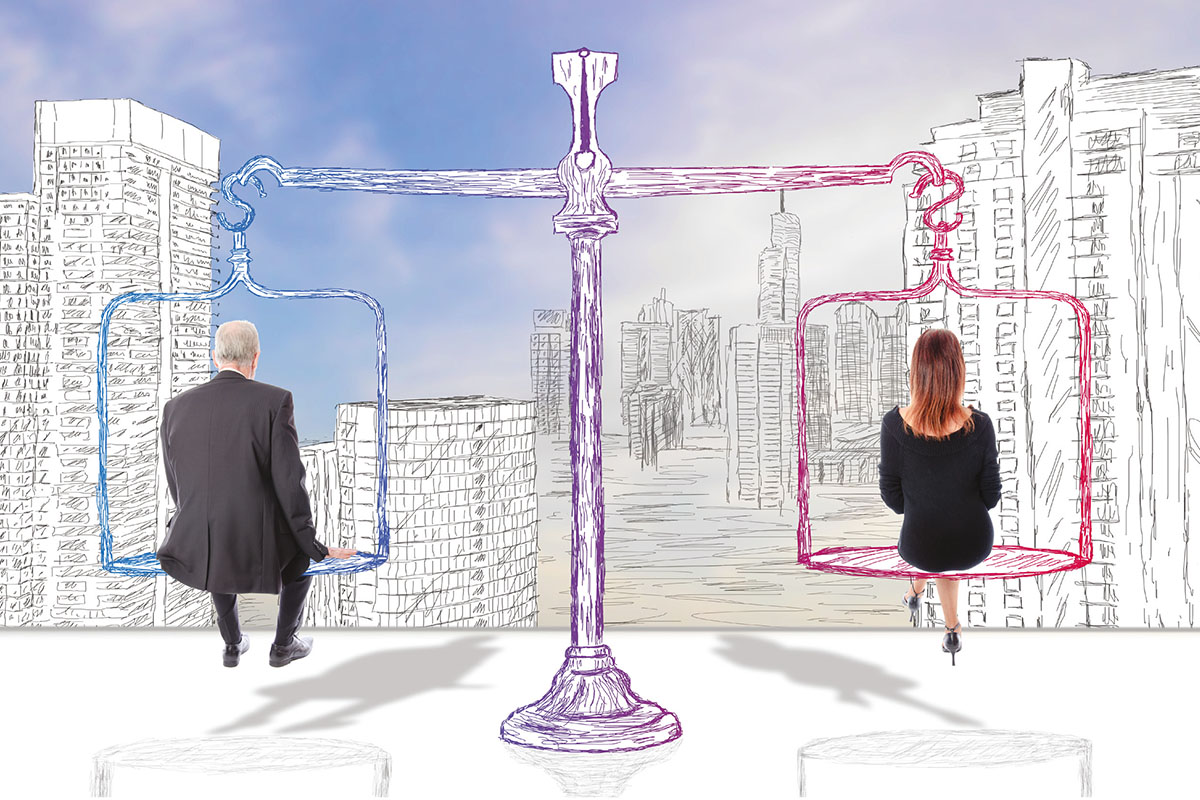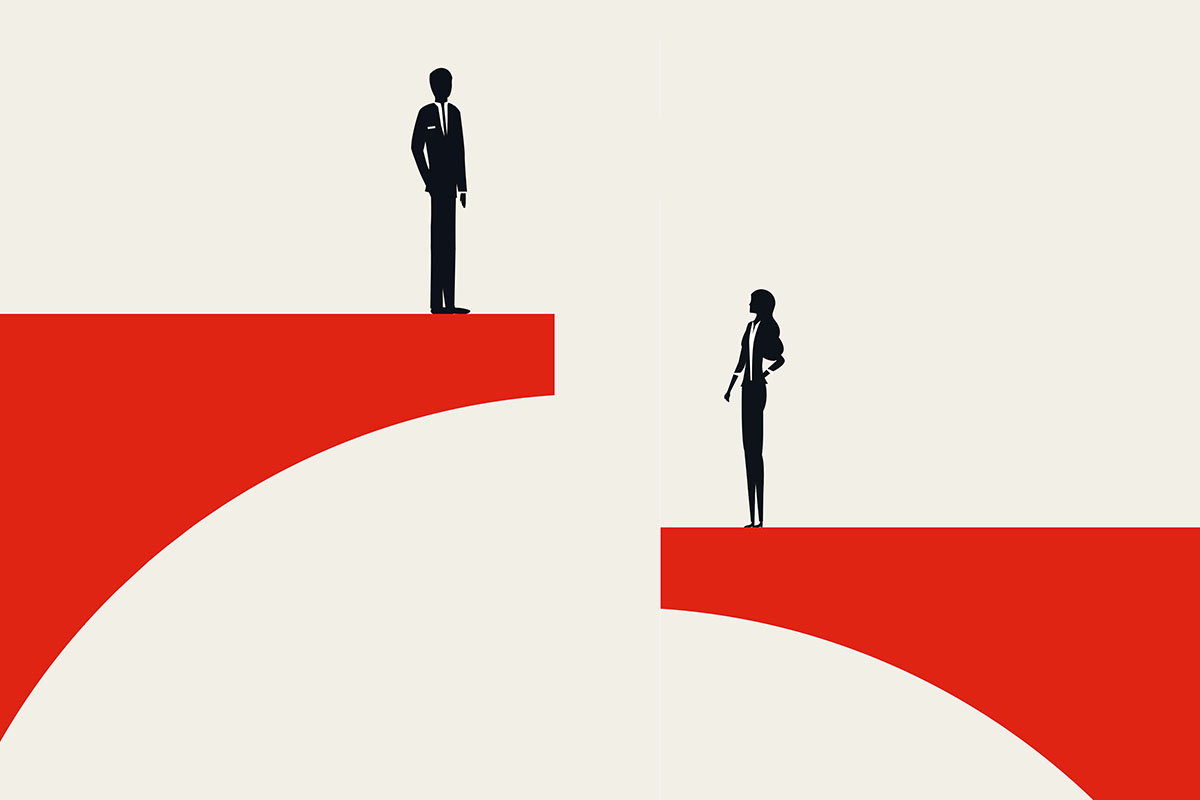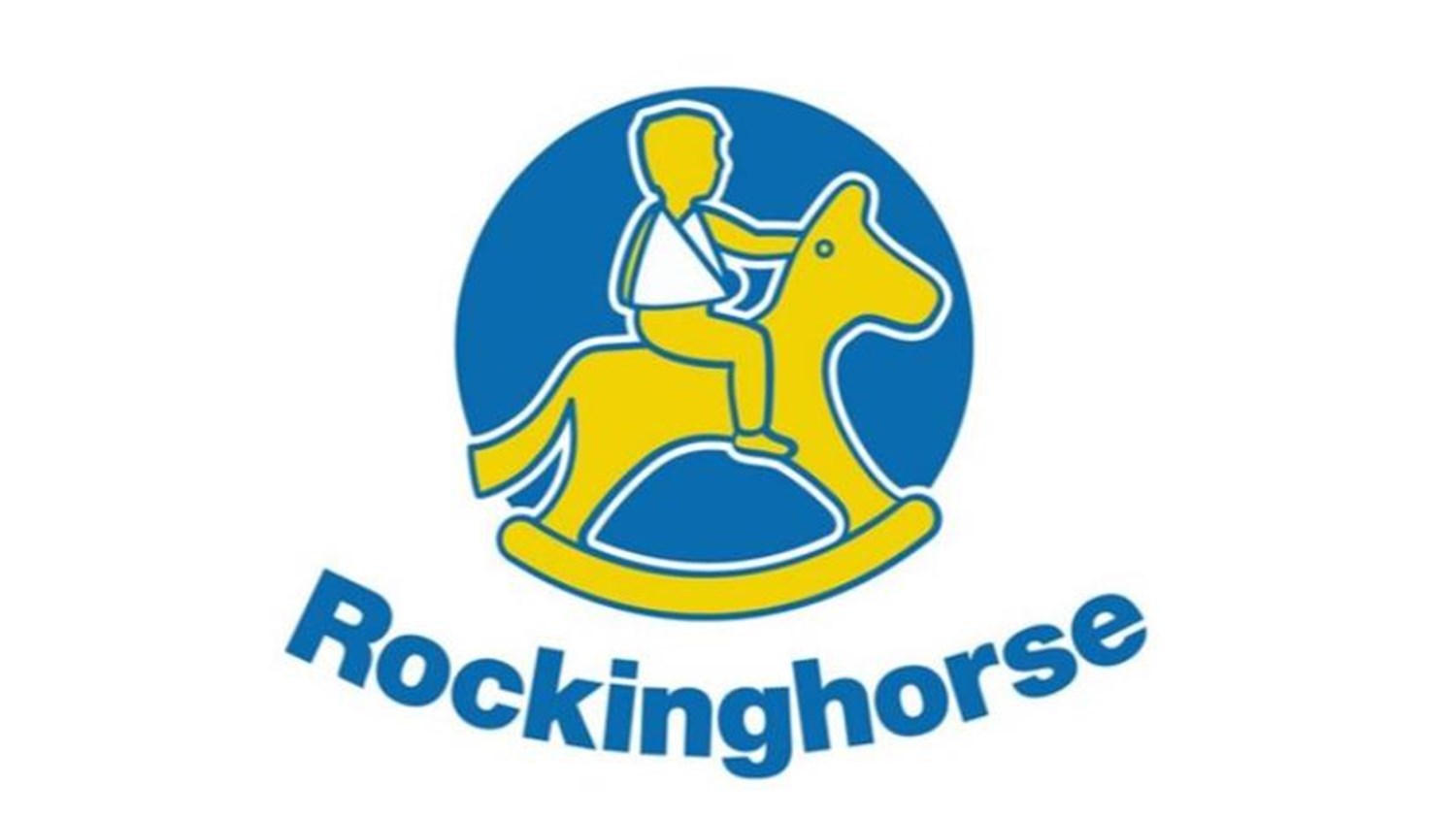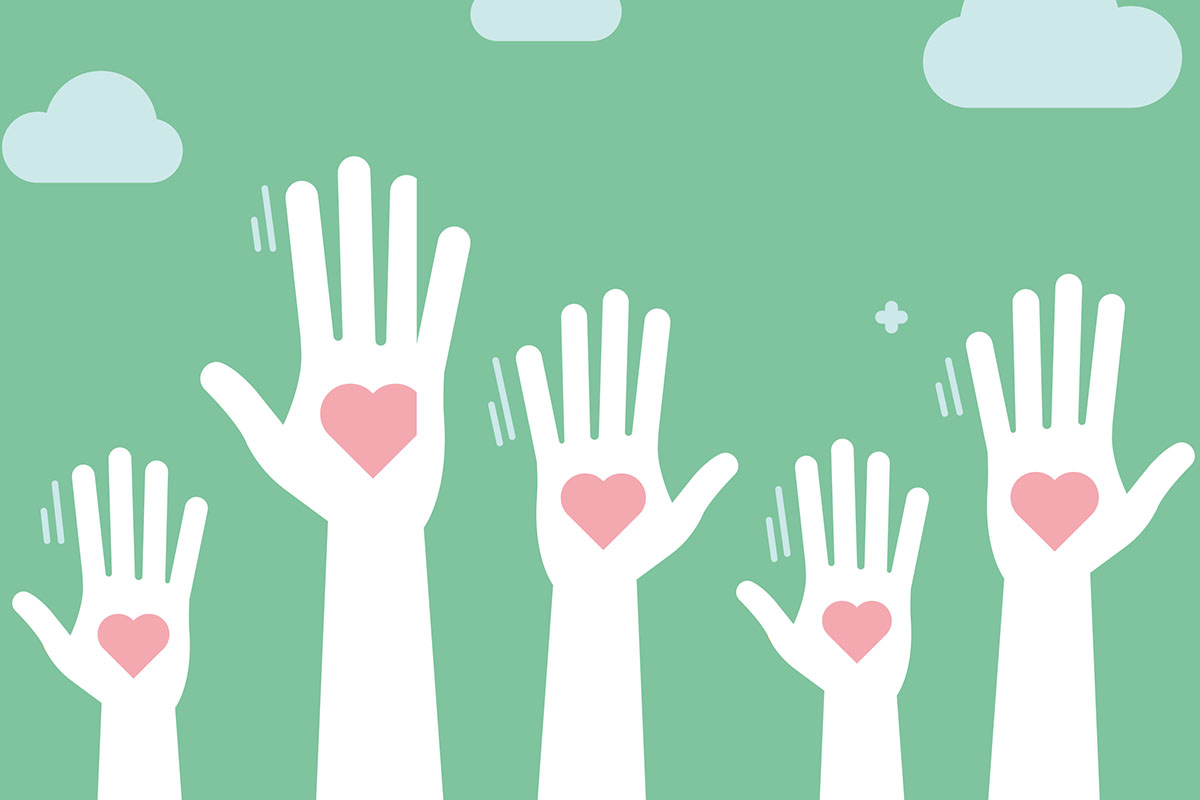
Women experience bias and barriers in the workplace, in day-to-day interactions and in the wider work-place system. Women experience higher levels of being interrupted, spoken over, having their judgement questioned in areas of expertise, having others comment on their emotional state. Female managers have to navigate the likeability penalty where they can’t be ‘too assertive’ (or considered ‘bossy’) for fear of being less likeable, and if they’re ‘not strong enough’ they’re perceived as less effective leaders. The motherhood penalty affects women who are parents, and this bias also impacts women who are not yet, can’t, or don’t want to be mothers. Women hold emotional and mental load of additional caring responsibilities in significantly higher proportions than their male colleagues.
More women than men experienced burnout at work, and at a higher level, than a year ago. one in three women are considering leaving the workplace, and 51% are less optimistic about their career prospects, since before the pandemic. Women are disproportionally negatively impacted by the pandemic, at the same time doing more to support their teams, while also less likely to be recognised for this extra value-add.
If you’ve not noticed these biases and barriers playing out for yourself or others, it’s an indicator of your privilege and the extent to which you ‘fit’ into workplace norms. We know from the data that Black and Asian, lesbian, disabled, trans, pregnant women, have different lived experiences inside workplaces, including increased microaggressions, than for example white, able-bodied, cis-gendered, heterosexual women. We can educate ourselves on how these different biases affect people who may be different to us.
Let’s start with an audit! What do you notice about where the women are, or where they’re missing, in your workplace? Then look at their lived experiences.
What’s the gender balance in your business?
What roles do men and women hold? What’s the mix at team member, manager, leader, board level?
Who holds part-time roles? What’s your gender pay gap? What’s your retention of female leaders? Is there a point where women tend to leave the business? Start getting curious as to why this might be.
Do your male employees take parental leave when they become parents? Do senior men in your business model share transparently about their roles outside work as parents and caretakers?
Next dig a little deeper
What’s the mix and representation of people from varied socio-demographic backgrounds, ethnicities, sexualities and gender expressions?
Where are people with hidden or visible disability(ies) and are they accommodated to thrive at work?
Do LGBTQ+ people feel able to be out at work?
How does it feel to be part of your workplace?
What are the dynamics that affect employees differently? Who has wider caring responsibilities?
Whose wellbeing and mental health has been impacted through these pandemic times and working from home?
What is the ‘norm’ identity in your business? Who easily ‘fits in’? If a client or potential employee who’s totally different to that norm comes into contact with your business, via your website, applying for a job, coming in for interview, seeking to collaborate or become a client … what would their experience be like? Would they see people ‘like them’ when they look at your website, the pictures of your staff and leadership team, your client and customer base?
Notice how easy or hard it was to access these data points for your audit? What does this tell you? When you notice some areas for improvement, what’s the conversation to start? And who with?
This audit exercise comes with a warning – we tend to think everyone else is biased and not ourselves! Our brains are hard-wired to put ourselves in the best light (this is confirmation bias). Notice if you find yourself thinking, or hear colleagues saying ‘we’re doing ok’ ‘our optics are great’ ‘we’ve got a good gender balance’ ‘we welcome everyone’ ‘we’re not racist/ sexist / homophobic/ ableist’ etc.
It’s easy to get defensive!
A healthier start point is assuming that biases are playing out, that microaggressions are happening in your business, that you yourself hold biases, and start getting curious.
When bias is unchecked, it acts like an invisible barrier in our workplaces, creating blockers, and cultures that hold particular people back. We’ll perpetuate the same cultures of ‘likeness’ and ‘sameness’, we’ll miss out on all the benefits of diversity. Top performing businesses invest in diversity and inclusion, and actively work to reduce burnout in the workplace. When managers support employee wellbeing and actively manage workloads they’re 25% more likely to be happy at work, 33% less likely to leave and 32% less likely to burnout.
Which biases and lived experiences do you need to educate yourself about? What are the conversations you can have with your female employees about their workloads, their lived experiences at work, their aspirations? The pandemic has opened up different opportunities. What flexibility and support can you offer that would enable each person in your team to thrive in your business and bring their best?





